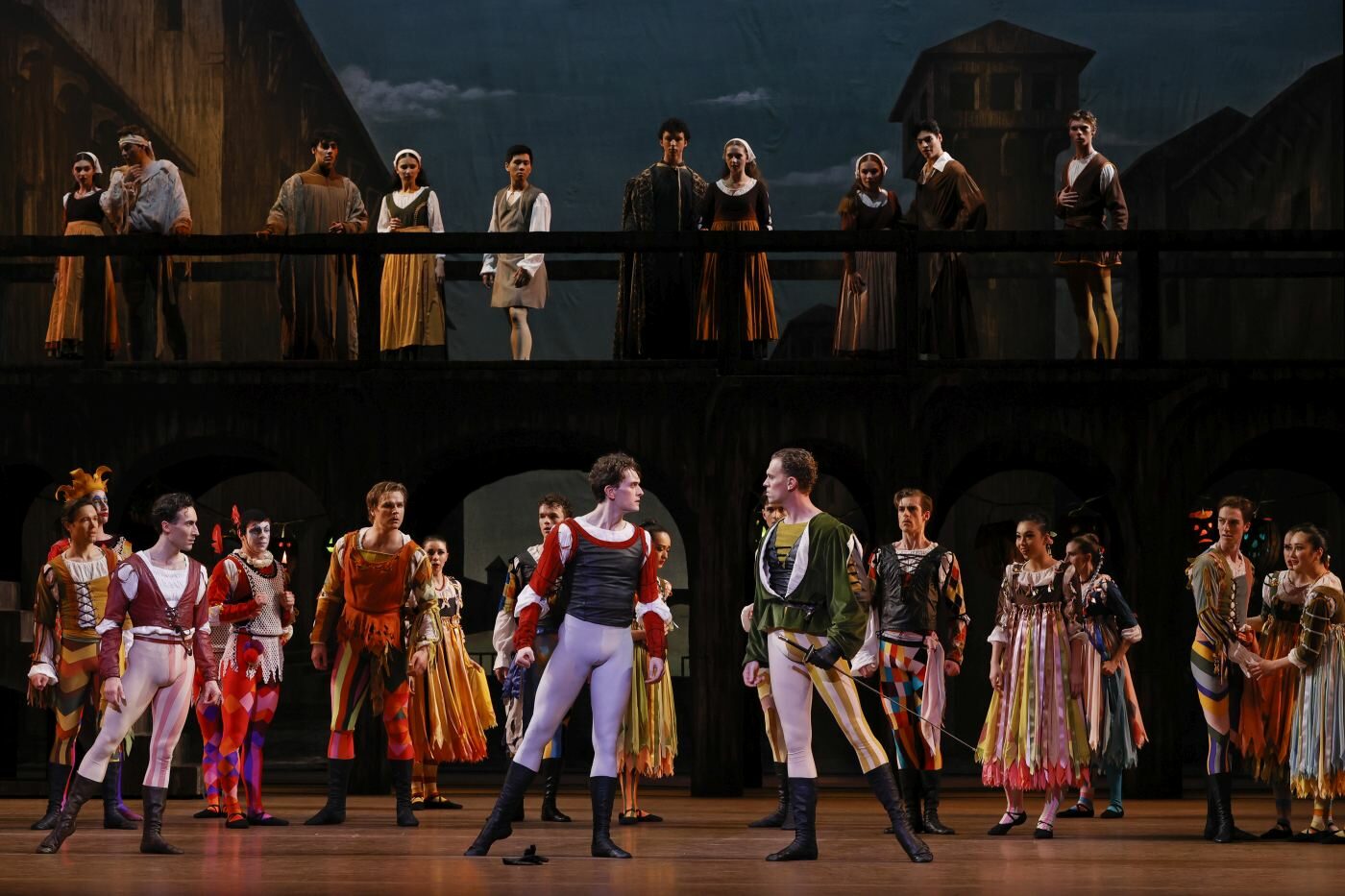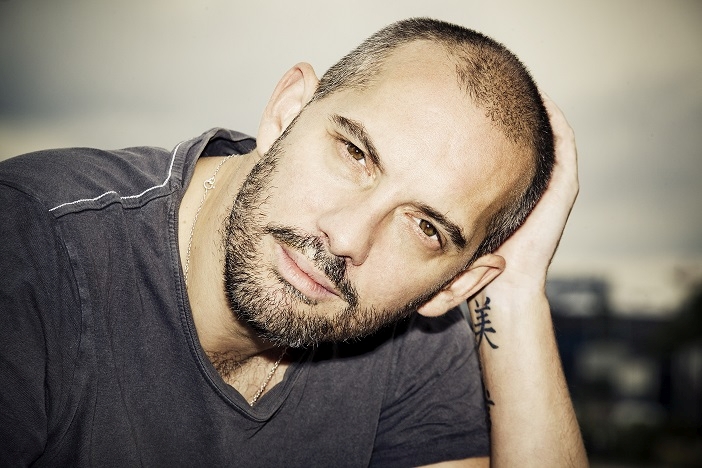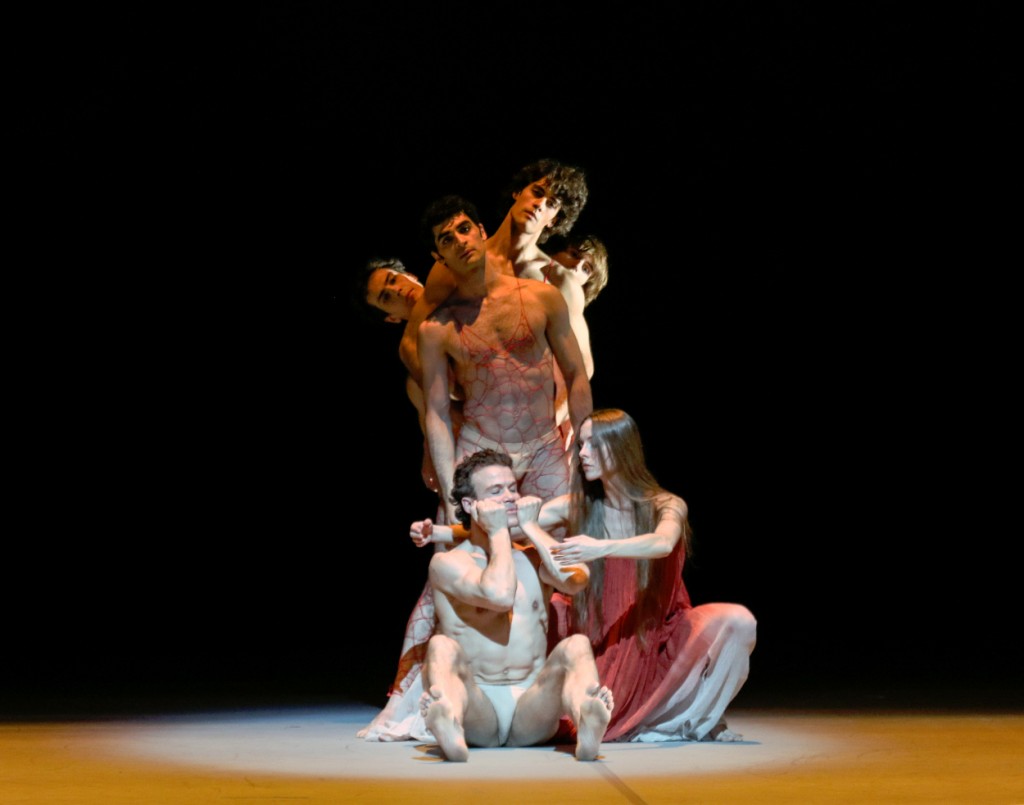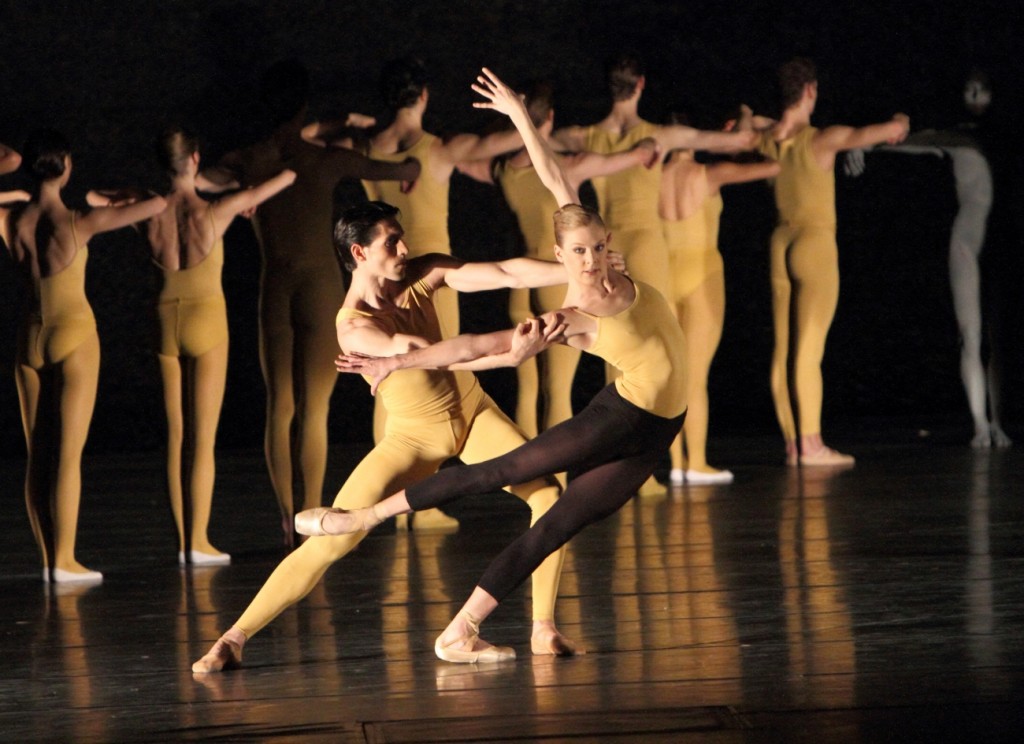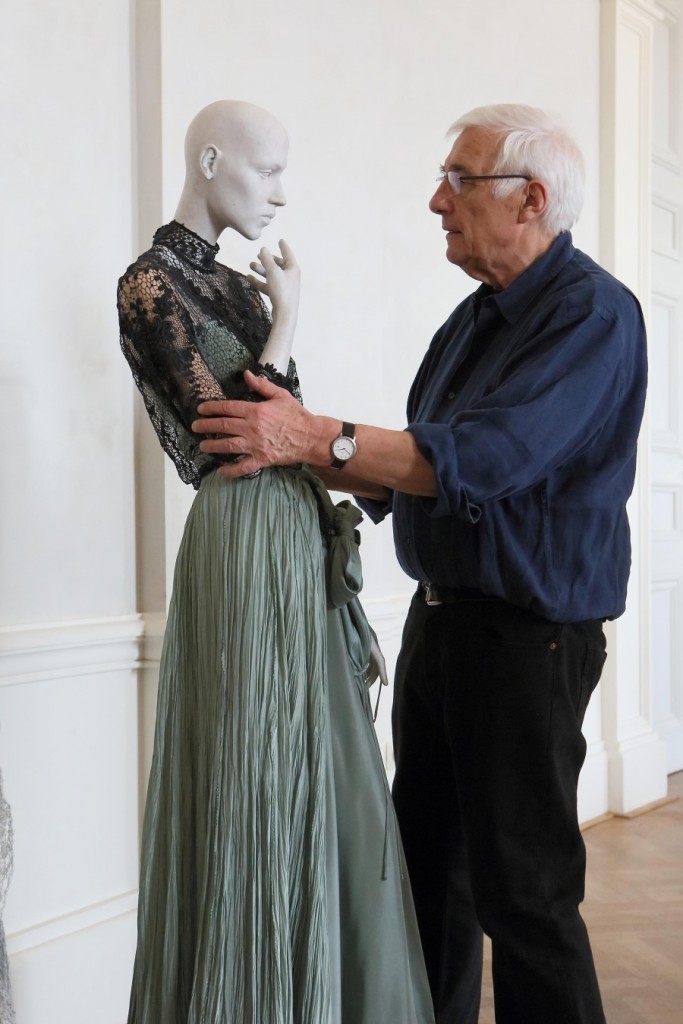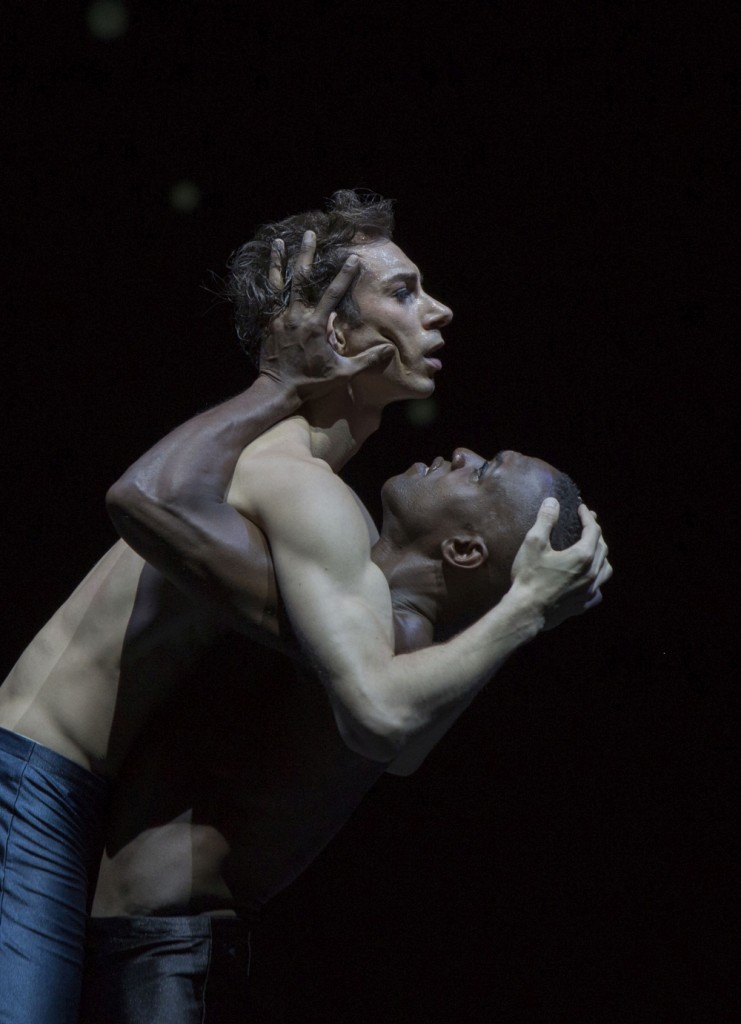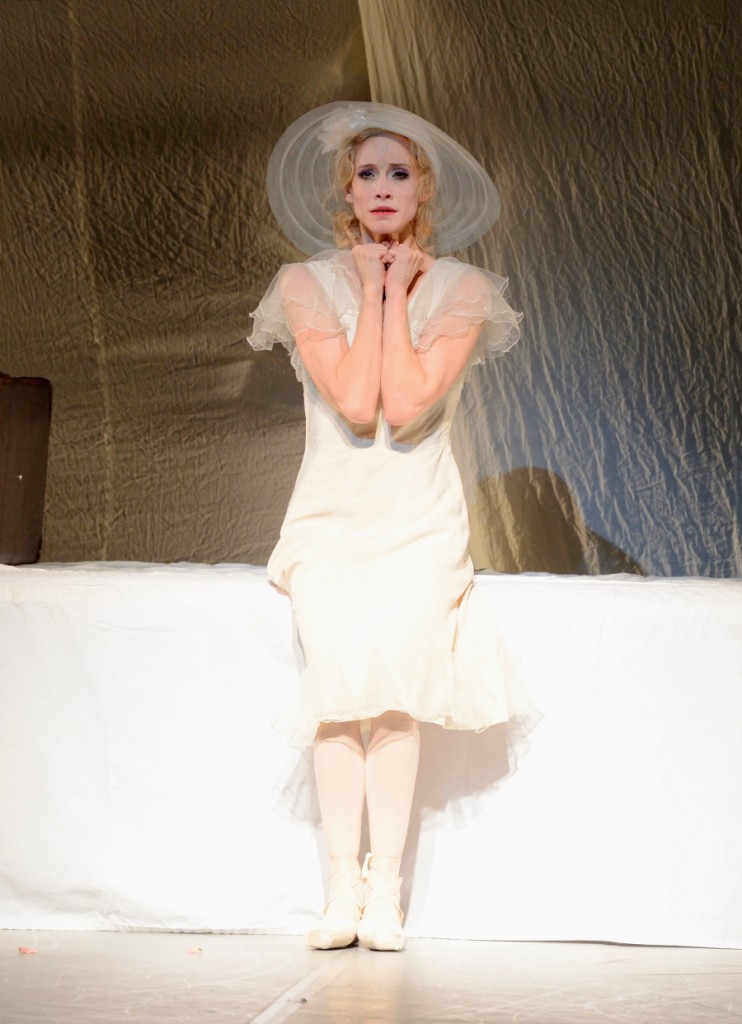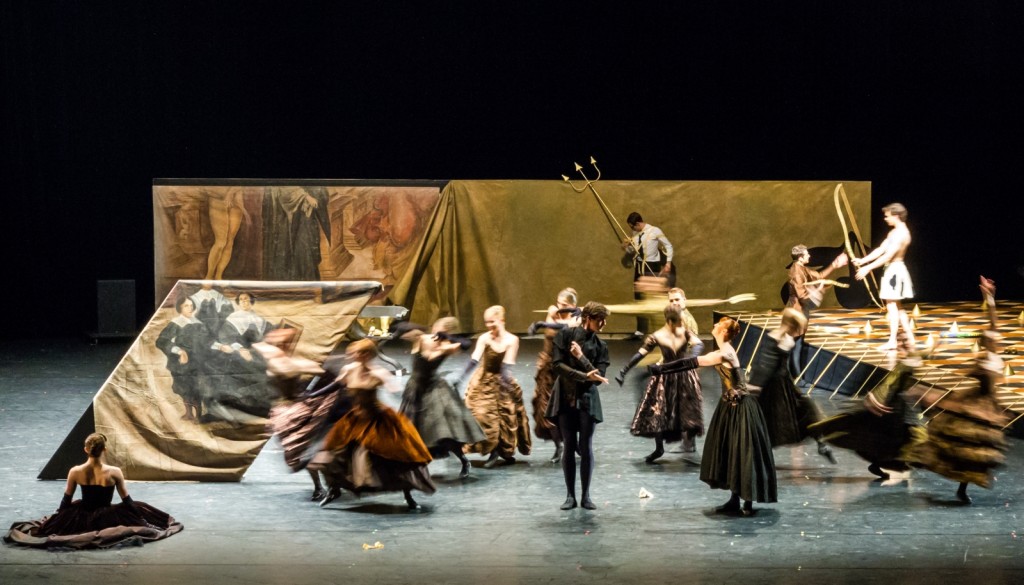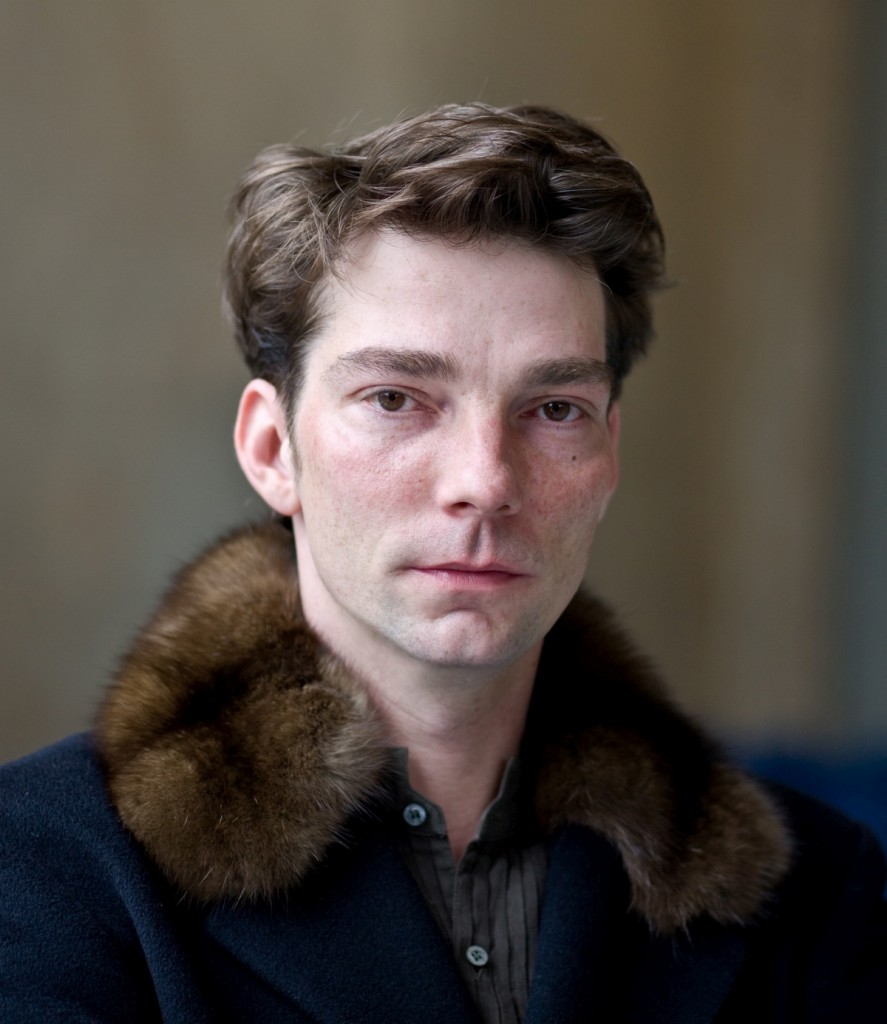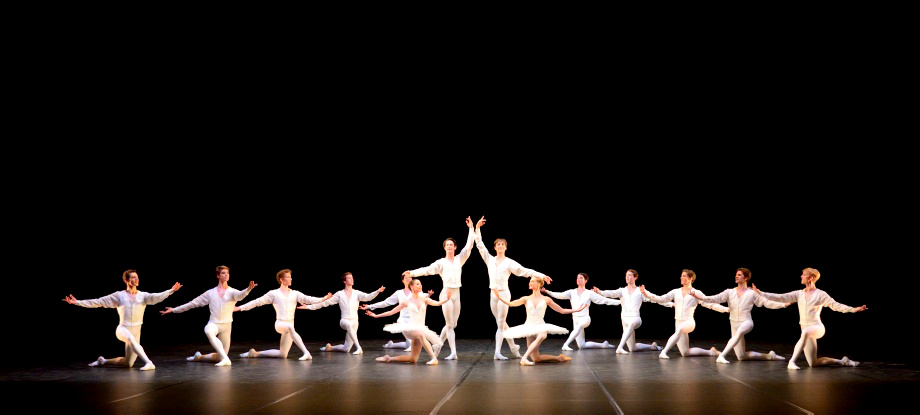Grand Finale
“Nijinsky-Gala XLI”
Hamburg Ballet – John Neumeier
Hamburg State Opera
Hamburg, Germany
July 12, 2015
by Ilona Landgraf
Copyright © 2015 by Ilona Landgraf
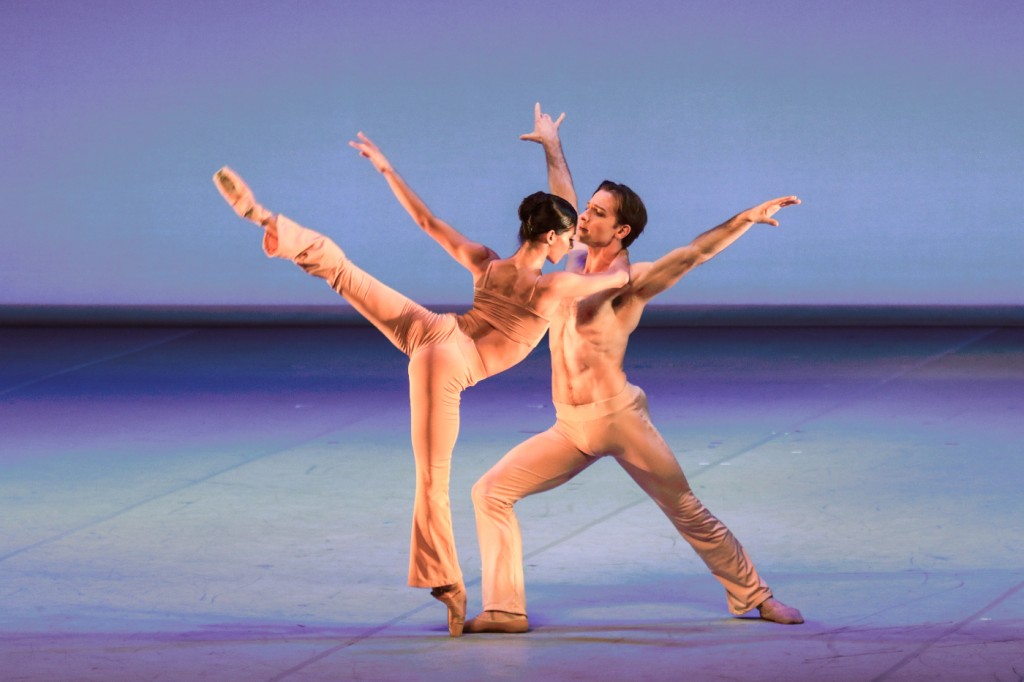 Traditionally Hamburg Ballet’s “Ballet Days” end with a Nijinsky-Gala and traditionally John Neumeier presents an extra large format, that is five hours or more. The programs of past galas did not necessarily refer directly to Nijinsky, but this year’s prominently did. Otto Bubeníček bid his farewell as Vaslav Nijinsky in an excerpt from Neumeier’s “’Le Pavillon d’Armide” which was the center piece of the three-part evening. It was in the “Spirit of the Romantic Period”, which was the common theme of the season’s repertory. The first part offered insights into eight different ballets, the final third part was made up of excerpts from five other ballets. Neumeier never presents small snippets, instead he tends to add another pas de deux rather than cutting one. Dancers from the Houston Ballet and the National Ballet of China broadened the spectrum. Other guests were the Bolshoi Ballet’s Svetlana Zakharova and Johan Kobborg who danced with Alina Cojocaru, a permanent guest of Hamburg Ballet. As usual Neumeier in person guided the audience through the program. (more…)
Traditionally Hamburg Ballet’s “Ballet Days” end with a Nijinsky-Gala and traditionally John Neumeier presents an extra large format, that is five hours or more. The programs of past galas did not necessarily refer directly to Nijinsky, but this year’s prominently did. Otto Bubeníček bid his farewell as Vaslav Nijinsky in an excerpt from Neumeier’s “’Le Pavillon d’Armide” which was the center piece of the three-part evening. It was in the “Spirit of the Romantic Period”, which was the common theme of the season’s repertory. The first part offered insights into eight different ballets, the final third part was made up of excerpts from five other ballets. Neumeier never presents small snippets, instead he tends to add another pas de deux rather than cutting one. Dancers from the Houston Ballet and the National Ballet of China broadened the spectrum. Other guests were the Bolshoi Ballet’s Svetlana Zakharova and Johan Kobborg who danced with Alina Cojocaru, a permanent guest of Hamburg Ballet. As usual Neumeier in person guided the audience through the program. (more…)
